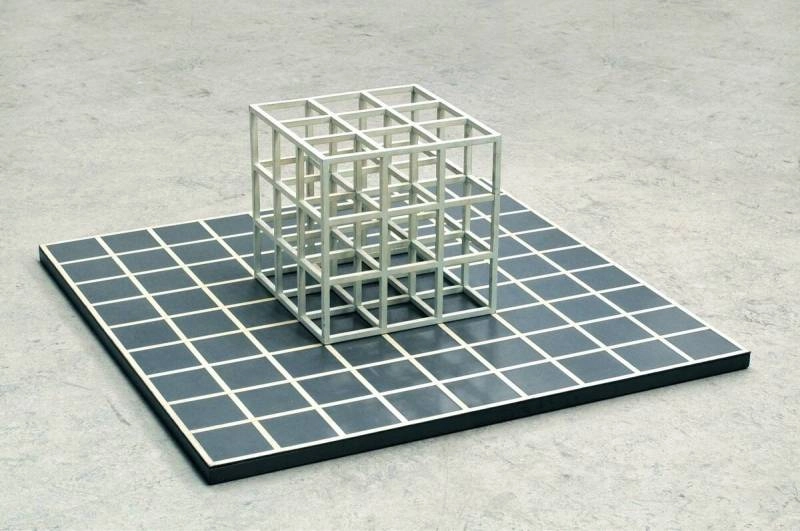Module
Is the grid a programme? Let me put it more specifically: if the grid is considered as a proportional regulator, a system, it is a programme par excellence. Squared paper is a (arithmetic) grid, but not a programme. Unlike, say, the (geometric) module of Le Corbusier, which can, of course, be used as a grid but is primarily a programme. Albert Einstein said of the module: “It is a scale of proportions that makes the bad difficult and the good easy”.1
Modules possess dual attributes: one lies in their roots, the other in the results of their operation. The former is the efficiency seen in Le Corbusier's Modulor. This relates to early modernism's obsessive pursuit of order and efficiency, where the key point is that the way the module functions carries a specific purpose. Therefore, the module always operates as a symbol of the efficient, the unparalleled. In contrast, the latter follows the lineage of minimalism. Minimalist artists designed modules and systems to yield infinite variations, deconstructing the purity of the medium. What emerged in this process was none other than the falsehood of modernism's hygienic doctrines and order. This, in turn, represents a rediscovery of the programming potential inherent in the module.

Work using this method:
Programme as Grid, Karl Gerstner, Designing Programmes (Teufen: Arthur Niggli Ltd., 1964), p. 12.